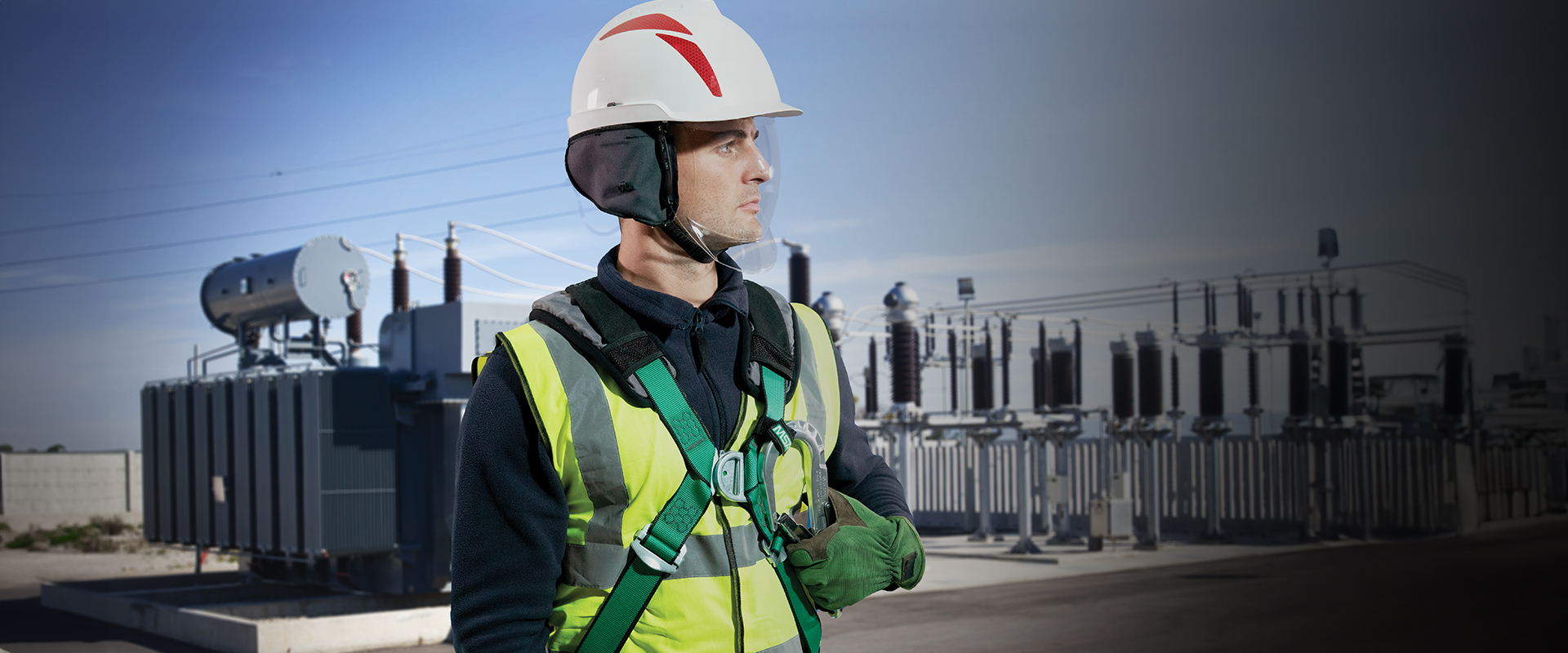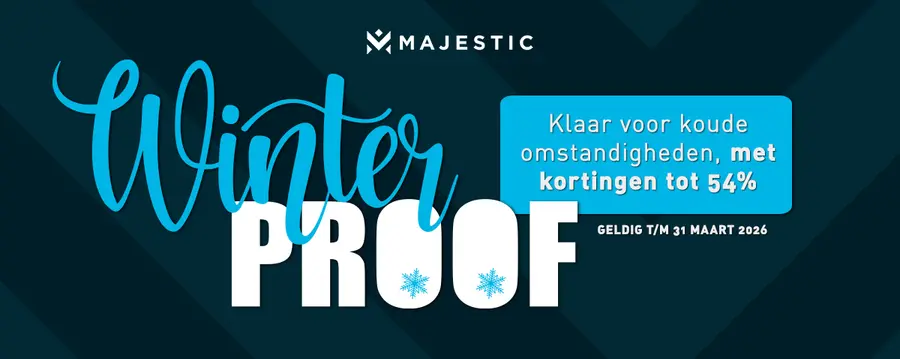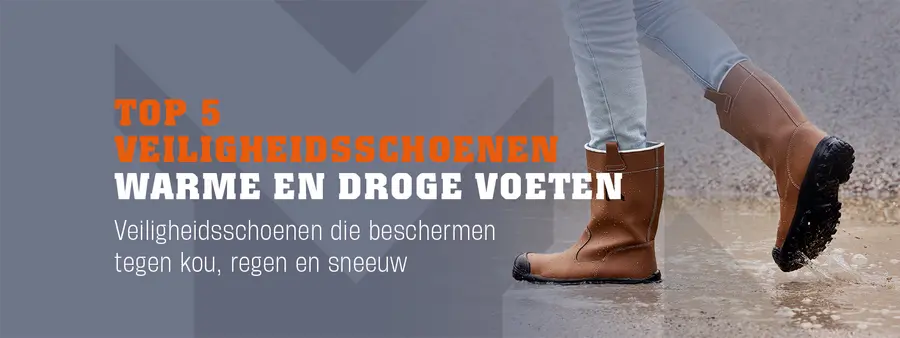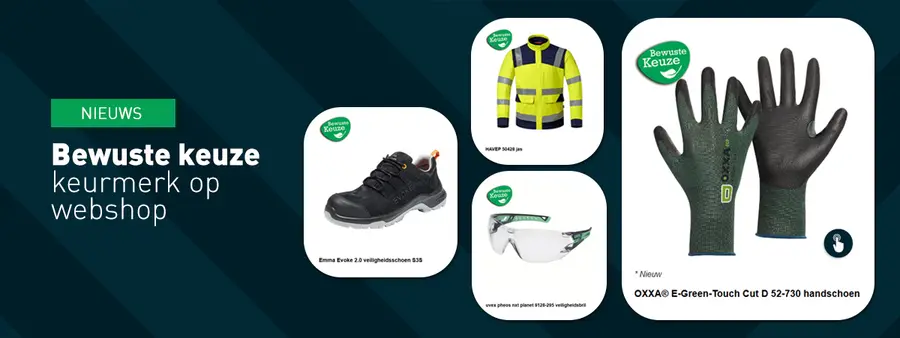
INSTALLATIETECHNIEK
Beschermd werken met hoogspanning
Lees meerMajestic is al 40 jaar dé specialist in persoonlijke beschermingsmiddelen (PBM). Met ons uitgebreide assortiment kwaliteitsproducten van een verscheidenheid aan merken bieden we oplossingen en geven we je advies, zodat ook jij op een veilige manier jouw vak kunt uitoefenen.




